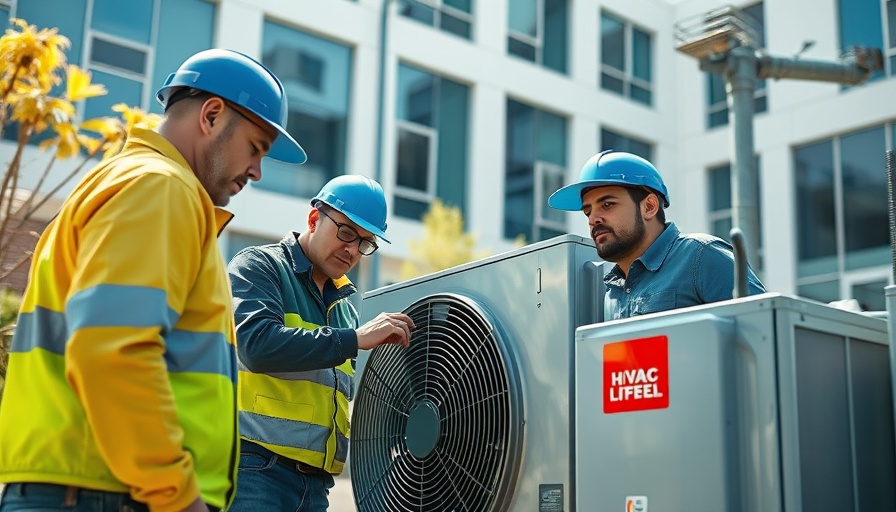
Understanding the Severe Impact of Hospital-Acquired Sepsis
Each year, sepsis claims the lives of over a million individuals in the United States alone. Characterized as a life-threatening response to an infection, sepsis is one of the most pressing challenges in hospital settings today. In fact, hospital-acquired sepsis (HAS) has emerged as a leading contributor to these alarming statistics. Notably, a comprehensive meta-analysis suggests that nearly half of all sepsis cases in intensive care units stem from infections acquired during hospitalization. This stark reality underscores the need for improved environmental services within healthcare settings.
The Role of Environmental Services Leadership
While cleaning is a vital yet complex component of preventing healthcare-associated infections and sepsis, the effectiveness of these cleaning protocols depends heavily on leadership culture within Environmental Services (EVS) departments. High-performing EVS teams do not merely rely on the right products and policies; they require a strong commitment to cultivating a positive leadership environment. Such leadership fosters safe cleaning practices and encourages ongoing training for staff, ultimately bridging knowledge gaps and enhancing patient safety.
Daily Huddles: A Simple Strategy for Success
The power of daily huddles in raising awareness among EVS teams cannot be overstated. These brief, pre-shift meetings are instrumental in aligning staff members, promoting consistent communication, and addressing challenges before they escalate. By facilitating open discussions, managers can ensure that everyone is on the same page, leading to a cohesive team atmosphere that prioritizes cleanliness and patient well-being.
Engagement Through Leadership Rounds
Implementing leadership rounds is another effective strategy that can significantly improve the quality of hospital cleaning efforts. Regular check-ins with staff foster an environment of collaboration and continuous improvement. By interacting with team members during their daily tasks, managers can gain insight into the everyday challenges faced by EVS staff. This approach not only identifies potential problems early on but also boosts morale by recognizing the hard work of these essential team members.
Investing in the Value of Clean Environments
As the relationship between environmental conditions and patient safety becomes increasingly clear, hospitals must focus on investing in the vital role played by EVS personnel. Acknowledging their contribution and supporting their needs is essential for creating a culture that values safety and cleanliness. This commitment ultimately transforms hospitals into safer places for patients, reducing the risks associated with healthcare-associated infections.
Conclusion: A Collective Responsibility in Healthcare
Creating a culture that emphasizes leadership within Environmental Services is critical to combating the epidemic of hospital-acquired sepsis. By acknowledging the complexities of cleaning practices, investing in staff education, and fostering continuous communication, hospitals can take vital steps toward enhancing patient safety and reducing the prevalence of life-threatening infections. Together, we can create healthier hospital environments and support the dedication of those who work tirelessly behind the scenes.
 Add Row
Add Row  Add
Add 




 Add Row
Add Row  Add
Add 

Write A Comment